What’s the Buzz
The Bee Healthy Blog
--Medications That May Cause Hallucinations as a Side Effect

Seeing a shimmering light around a person or an object, feeling bugs crawling on your skin, or hearing voices in your head are all different types of hallucinations. These distressing psychotic symptoms and sensory experiences can occur in various situations and medical conditions, such as alcohol and drug abuse, sleep deprivation, dementia, depression, and Charles Bonnet syndrome (a condition that causes people with vision impairment to have visual hallucinations). Hallucinations are also common symptoms in psychiatric disorders like schizophrenia and bipolar disorder. Medical conditions such as seizures or alcohol use disorder can also cause hallucinations. But not many people know that some commonly prescribed medications can also cause drug-induced hallucinations as an adverse effect. Please continue reading to learn more.
What are hallucinations?
Hallucinations are seeing, hearing, smelling, tasting, or feeling things that appear real, but they are not really present. Hallucinations are created by our minds and can affect all five senses. They are serious symptoms and should be evaluated without delay. Hallucinations are common symptoms of different mental health conditions. However, alcohol and substance abuse disorders or epilepsy can also cause hallucinations. The different types of hallucinations are briefly described below:
Visual hallucinations
Visual hallucinations occur when you see things that are not there. Simple visual hallucinations consist of non-formed colors, lines, shapes, or lights. Complex visual hallucinations consist of formed images of objects, people, animals, or lifelike scenes.
Auditory hallucinations
Hearing voices in the head is some of the most common types of hallucinations in people with schizophrenia, bipolar disorder, dementia, and other types of mental illness. The voices can be neutral, complementary, or critical. Auditory hallucinations can involve engaging in conversation, hearing music, or voices asking a person to cause physical harm to themselves or others.
Olfactory hallucinations
This type of hallucination involves smelling things that don’t exist. These hallucinations could consist of a bad smell or a pleasant smell.
Tactile hallucinations
Examples of tactile hallucinations include feeling insects crawling on your skin. This type of hallucination might make you feel someone’s touch or their hand on your body, or you might feel like your internal organs are moving around. They are common with illicit drug use and withdrawal; cocaine and amphetamine are common hallucinogens. Alcohol use disorder and alcohol withdrawal can cause tactile hallucinations presenting with the feeling of numbness, burning, or itching skin.
Gustatory hallucinations
These hallucinations consist of strange and unpleasant tastes. For example, people with epilepsy often report a metallic taste in their mouth.
General somatic hallucinations
This type of hallucination is defined as bodily sensations experienced inside the body without any source or cause. These types of hallucinations include things like feeling a lump in your throat, animals crawling through your body, and your bones growing or shrinking in size.
Can certain medications make you hallucinate?
Yes, both prescription medications and over-the-counter drugs can potentially make you hallucinate. Drug-induced psychosis is when a person is having a break from reality. During a psychosis episode, drug-induced hallucinations occur with or without delusions. Delusions are strongly held beliefs that are clearly false.
In these instances, consuming any type of hallucinogens or dissociative drugs can cause hallucinations, or it can happen due to potential drug interactions and adverse effects after mixing substances. . Also, older adults are at greater risk of experiencing a hallucination because they are likely to be under treatment for several conditions with various medications. The risk of hallucinations (drug-induced) increases at higher doses of medications and poor kidney or liver functions.
Which medications can cause drug-induced hallucinations?
Here are some examples of drugs that cause hallucinations:
Medications used to treat psychiatric syndromes
Psychiatric medications such as haloperidol (Haldol), quetiapine (Seroquel), and olanzapine (Zyprexa) can cause hallucinations. Some of these medications are used to treat hallucinations due to schizophrenia or bipolar disorders, but they can cause drug-induced psychosis and worsen hallucinations in some patients. Hallucinations caused by psychiatric drugs tend to be more detailed, vivid, and real because they affect the central nervous system directly.
Sedative-hypnotics
People taking sedative-hypnotic drugs like zolpidem (Ambien) and eszopiclone (Lunesta), which are used to treat insomnia, can experience hallucinations as a side effect. These drugs can also cause mental confusion and sleep disturbances like sleepwalking and nocturnal eating.
Benzodiazepines
These medications, for example, clonazepam (Klonopin) and lorazepam (Ativan), are used to treat panic disorders, sleep problems, and other disorders, such as anxiety and seizures. Hallucinations can occur during withdrawal from benzodiazepines caused by abrupt discontinuation after taking them at high doses or for a prolonged period.
Dopamine agonists
Medications like ropinirole (Requip) which are used to treat medical conditions like Parkinson’s disease, can cause hallucinations, especially in older patients. These hallucinations can range from fleeting images to seemingly real and elaborately formed images that can be frightening and disorienting.
Antibiotics
There have been rare reports of vivid dreams and auditory and visual hallucinations related to cephalosporins and sulfa drugs. However, this side effect is more common in people taking multiple medications.
Cardiac medications
Some medications used to treat heart disease, such as beta-adrenergic blocking agents, ACE inhibitors, and antianginal drugs, can cause hallucinations in a small number of people. There are case reports of angiotensin-converting enzyme inhibitor and metoprolol-induced visual hallucinations. Hallucinations can also occur with a nitroglycerin overdose. They often consist of shimmers, halos, or scintillations around objects.
Erectile dysfunction medications
Sildenafil (Viagra) and other medications used to treat erectile dysfunction are not classic hallucinogens and are not known for causing hallucinations. However, people taking these medications can experience visual disturbances such as a bluish tinge to their vision. The effect is dose-related, meaning a higher dose of Viagra is associated with an increased risk of this occurring.
Osteoporosis medications
In rare cases, medications like alendronate (Fosamax), etidronate (Didronel), and pamidronate (Aredia) have been reported to cause visual, auditory, and olfactory hallucinations.
Nonsteroidal anti-inflammatory drugs
Very rarely, nonsteroidal anti-inflammatory drugs (NSAIDs) like indomethacin can have psychiatric side effects, including hallucinations.
Frequently Asked Questions
What blood pressure medications can cause hallucinations?
Beta-blockers like metoprolol and propranolol and ACE inhibitors like lisinopril have been reported to cause hallucinations in rare cases.
What antidepressant can cause hallucinations?
Antidepressants like serotonin-norepinephrine reuptake inhibitors (SNRIs), for example, venlafaxine (Effexor), selective serotonin reuptake inhibitors (SSRIs), tricyclic antidepressants, and bupropion have all been reported to cause medication-related visual hallucinations.
What medications can cause visual hallucinations?
Medication-related visual hallucinations can occur from drugs used to treat psychiatric and mood disorders, therapy for Parkinson’s disease, major depressive disorder, high blood pressure, erectile dysfunction, and certain antibiotics.
What medications can cause tactile hallucinations?
Medications that can cause tactile hallucinations include anti-Parkinsonian drugs, antiepileptics, antidepressants, antihypertensives, and stimulants.
References:
- https://www.nidirect.gov.uk/conditions/hallucinations-and-hearing-voices
- https://www.aao.org/eyenet/article/medication-related-visual-hallucinations-what-you-
- https://www.sciencedirect.com/topics/pharmacology-toxicology-and-pharmaceutical-science/olfactory-hallucination#
- https://www.ncbi.nlm.nih.gov/pmc/articles/PMC3105559/
- https://www.ncbi.nlm.nih.gov/pmc/articles/PMC8586517/
- https://www.ncbi.nlm.nih.gov/pmc/articles/PMC4208114/
- https://www.frontiersin.org/articles/10.3389/fnins.2019.00886/full
- https://www.mayoclinic.org/drugs-supplements/haloperidol-oral-route/side-effects/drg-20064173
- https://www.ijbcp.com/index.php/ijbcp/article/view/930
- https://www.mayoclinic.org/drugs-supplements/clonazepam-oral-route/side-effects/drg-20072102?p=1
- https://www.mayoclinic.org/drugs-supplements/ropinirole-oral-route/precautions/drg-20066810?p=1
- https://www.ncbi.nlm.nih.gov/pmc/articles/PMC8474525/
- https://www.ncbi.nlm.nih.gov/pmc/articles/PMC3175508/
- https://www.ncbi.nlm.nih.gov/pmc/articles/PMC3295654/#
- https://www.ncbi.nlm.nih.gov/pmc/articles/PMC8033881/#
- https://www.ncbi.nlm.nih.gov/pmc/articles/PMC7914867/
- https://pubmed.ncbi.nlm.nih.gov/10205728/
- https://pubmed.ncbi.nlm.nih.gov/12207947/#:
- https://www.ncbi.nlm.nih.gov/pmc/articles/PMC2707121/#
- https://pubmed.ncbi.nlm.nih.gov/27637620/


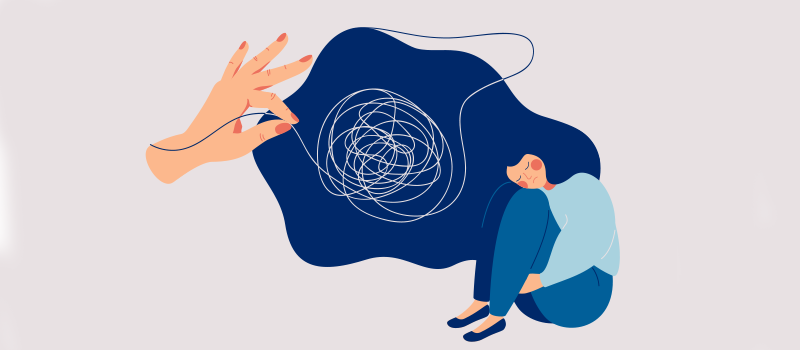
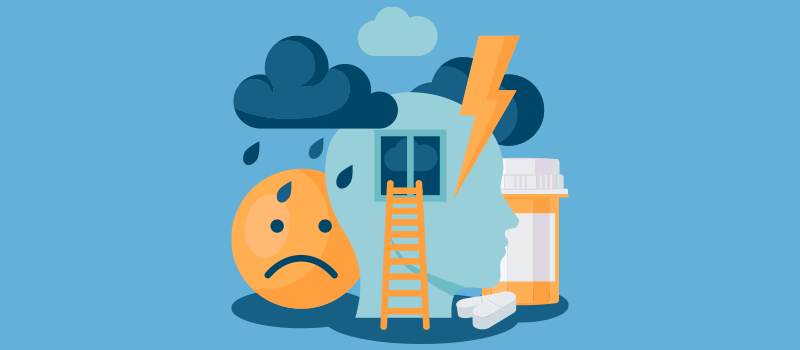
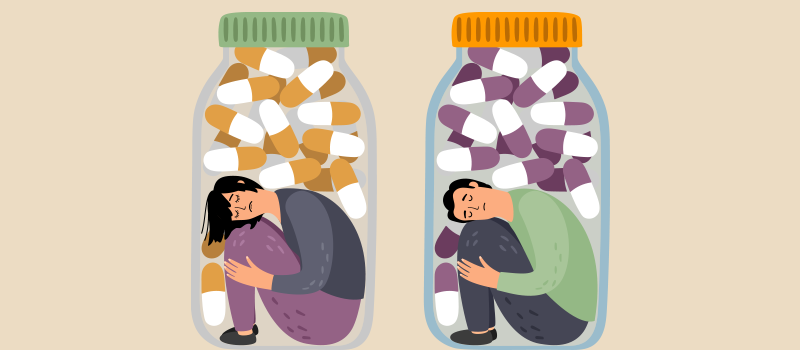
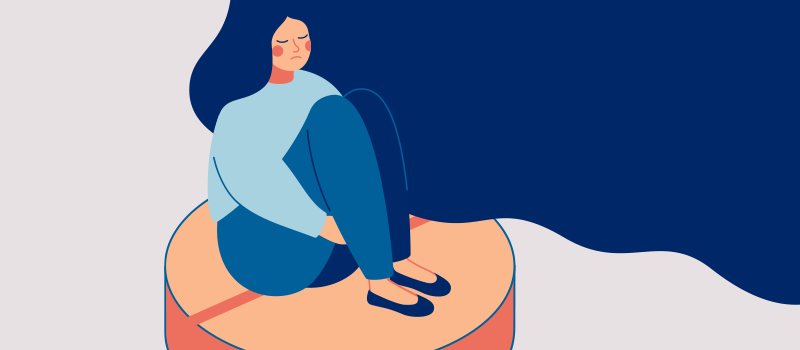

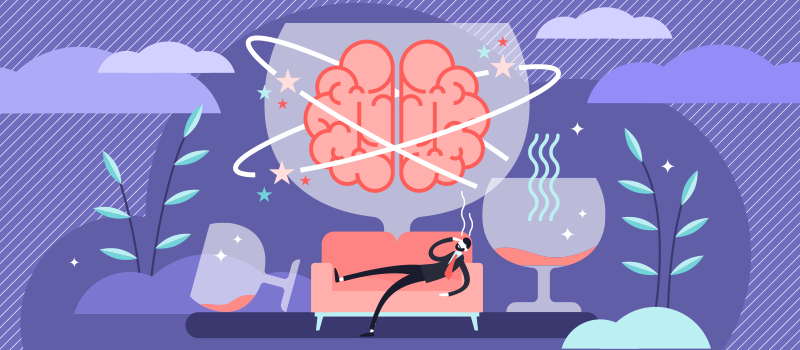

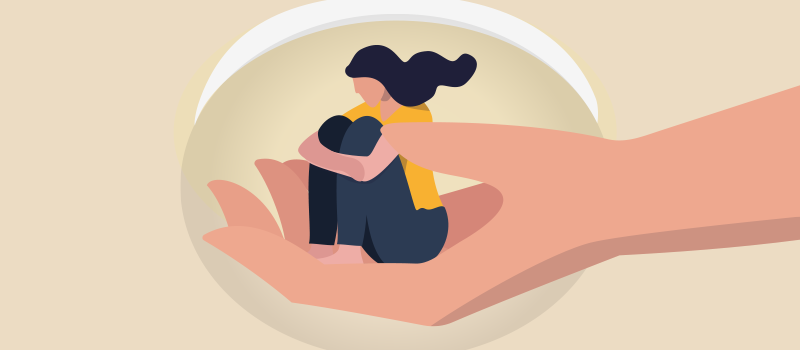
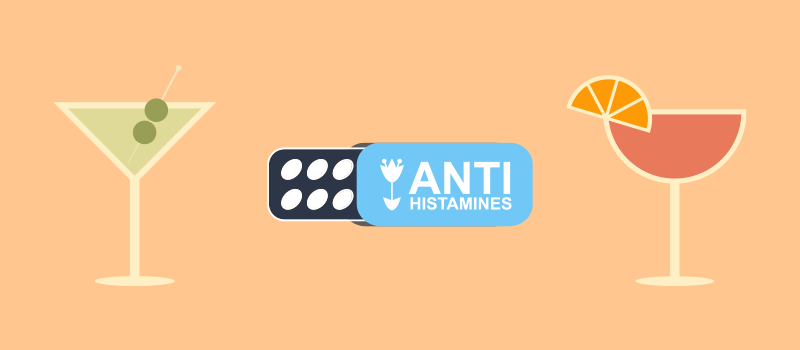
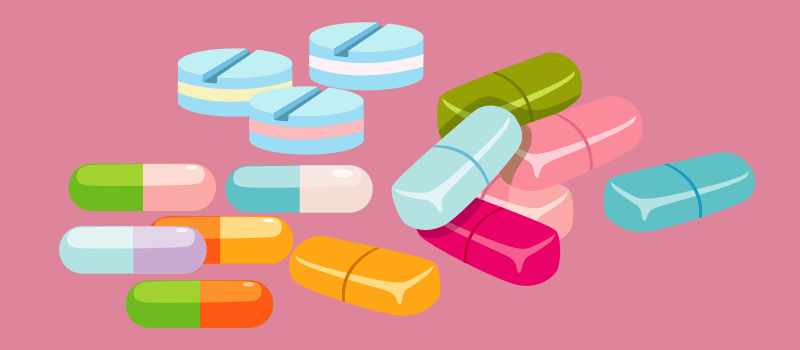
SOCIAL